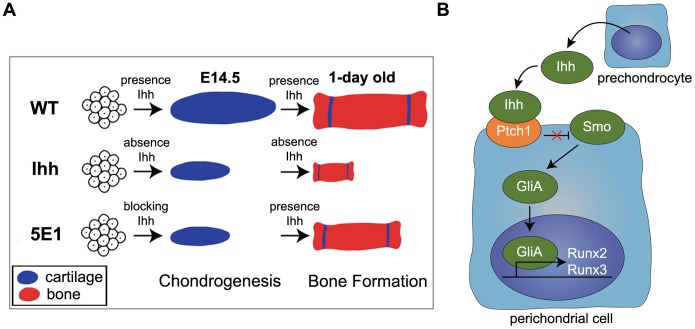Figure 6. The differentiation of perichondrial cells was induced by Runx2 and Runx3 via the Ihh-Gli pathway.
(A) The cartilage in the Ihh −/− mutant limbs is shorter than that in the wild-type limbs at E14.5. This phenotype becomes progressively more severe by the time of birth, and the mice die at birth. When Ihh is blocked temporarily at E12.5, the cartilage primordium is shorter and similar to the Ihh−/− mouse limbs at E14.5. Then, because Ihh is restored to the epiphyseal plate, the bone is well formed but short. Nevertheless, these short-boned mice can survive. (B) The binding of Ihh, which is the signal from prechondrocyte to the Ptch1 receptor of perichondrial cells, relieves Smo inhibition, leading to the activation of Gli. GliA then translocates to the nucleus to control the transcription of the Ihh target genes Runx2 and Runx3 to promote perichondrocyte differentiation.

